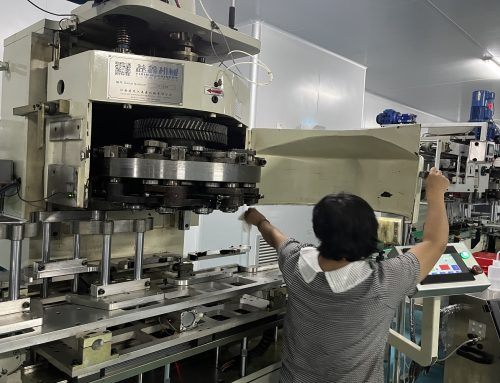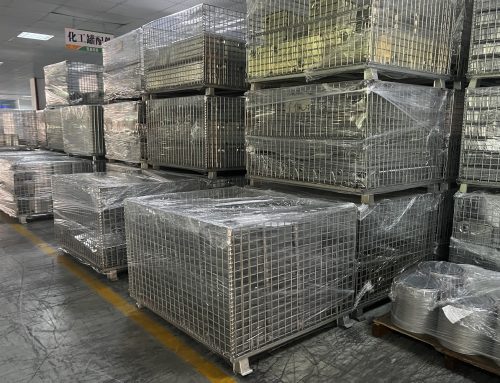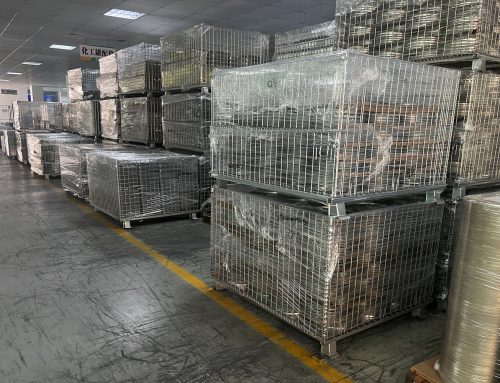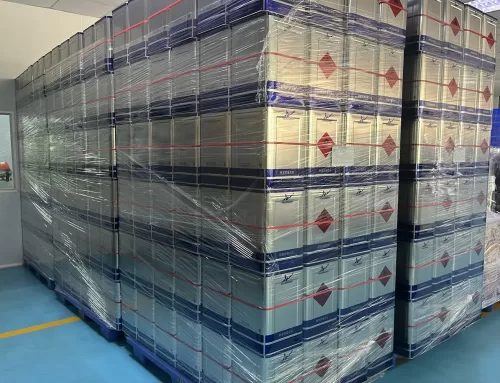Tinplate coating is a critical component of the entire tinplate product, with its performance primarily encompassing four aspects: ① Physical properties; ② Chemical properties; ③ Mechanical processing properties; ④ Hygienic properties.
Physical Properties:
Physical properties specifically refer to the characteristics manifested in appearance and optics after the coating has solidified into a film. The key indicators include glossiness and whiteness.
(1) Glossiness:
Process Requirement: Generally, a glossiness of ≥70° is stipulated.
Measurement Instrument: Typically, a gloss meter is employed.
(2) Whiteness:
Process Requirement: Generally, a whiteness of ≥60° is specified.
Measurement Instrument: Normally, a colorimeter is utilized.

Chemical Properties
The chemical properties mainly include resistance to boiling, acid resistance, alkali resistance, solvent resistance, and corrosion resistance.
(1) For external printing, the primary process requirements and testing methods should adhere to the standards outlined in “QB1877 Packaging and Decoration Printing on Tin (Chrome) Plated Thin Steel Sheet.”
(2) For internal coating, the primary process requirements and testing methods should follow the guidelines of “QB/T 2763—2006 Coating on Tin (or Chrome) Plated Thin Steel Sheet.”
Mechanical Processing Properties
Mechanical processing properties primarily include hardness, adhesion, and impact resistance.
(1) Hardness
Process Requirement: Generally, a hardness of ≥600g is specified.
(2) Adhesion
Process Requirement: Generally, adhesion is required to be ≥2 grades. For the internal surface, refer to “QB/T 2763—2006 Coating on Tin (or Chrome) Plated Thin Steel Sheet,” and for external printing, follow the primary process requirements and testing methods outlined in “QB1877 Packaging and Decoration Printing on Tin (Chrome) Plated Thin Steel Sheet.”
Measurement Instrument: Adhesion tester.
(3) Impact Resistance
Impact resistance refers to the ability of the coating to undergo rapid deformation under high-speed gravity without cracking or peeling from the metal substrate. Process Requirement: Generally, a requirement of ≥300mm*1kg is specified. Refer to “QB/T 1877 Packaging and Decoration Printing on Tin (or Chrome) Plated Thin Steel Sheet” for guidelines.
Measurement Instrument: Typically, an impact resistance tester is used.Measurement Instrument: Typically, a paint film scratch tester is used.




